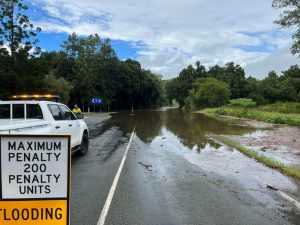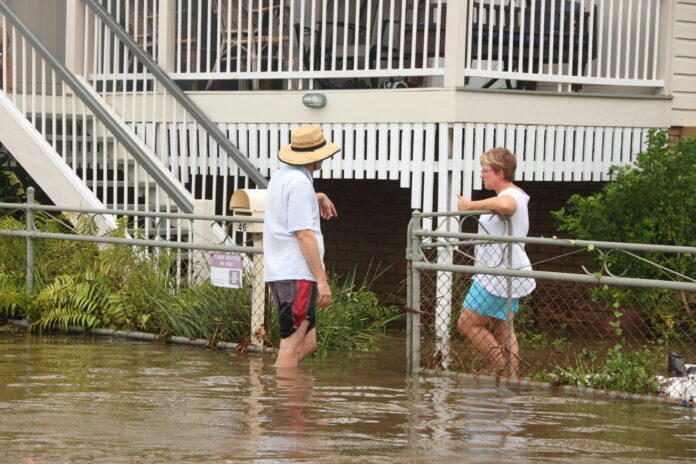Several homeowners on the Sunshine Coast, whose homes were ravaged by floodwaters, could soon get the chance to start afresh elsewhere.
Sunshine Coast Council has recently decided to buy back their affected homes under the Queensland Government’s Resilient Homes Fund.
Since May, Queensland homeowners with flood-damaged properties could register to access grants to raise, repair, retrofit or have their home voluntarily bought back under the state and federal government’s $741 million resilient homes fund.
The fund provides a program allowing some eligible property owners to have their homes purchased under the $350 million voluntary home buyback program.
Do you have an opinion to share? Submit a Letter to the Editor with your name and suburb at Sunshine Coast News via: news@sunshinecoastnews.com.au
Buybacks are considered on a case-by-case basis, with its purpose being to mitigate risk to life and property in areas that are susceptible to frequent and severe flooding.
The ordinary council meeting on November 17 saw councillors unanimously decide to purchase four eligible Sunshine Coast properties proposed to them by the Queensland Reconstruction Authority.
The Council would not disclose the locations of the properties.
The motion was moved by Division 9 councillor, Cr Maria Suarez, who welcomed the purchases.
“The homes that are attached to this report all volunteered themselves … it’s not something that’s been forced upon them,” she said.
“I’m very pleased to see we have a number in our area that’s been approved for purchase.”

“The fund is administered and managed by the QRA, a State Government body which has been cautious about identifying affected properties for privacy reasons,” a council spokesperson said.
When the fund was launched, Deputy Premier Steven Miles said Queensland was the most disaster-impacted state in Australia, with flooding being the highest risk to communities.
“We know from initial assessments following the Southeast Queensland floods that there were nearly 7000 homes with some degree of damage and more than 3,600 of these were uninhabitable,” Mr Miles said.
Council urged property owners in high flood risk flood affected areas in the February floods to apply for assistance under the fund, through the QRA.
A council spokesperson said these areas included low lying areas that the organisation’s coastal hazard adaptation strategy had identified for transition where future permanent tidal inundation will worsen flooding challenges.
The many low-lying areas of the region are linked to the Maroochy River, Mooloolah River, Mary River, Stanley River and Pumicestone Passage catchments.
Sunshine Coast homeowners can apply if their properties were affected by southern Queensland rainfall and flooding from November 10 to December 3, 2021, South-East Queensland rainfall and flooding from February 22 to April 5, 2022 and during the southern Queensland flooding from May 6 to 20, 2022.
“The QRA is responsible for arranging valuations and formal offers for the purchase of affected properties. Council is not involved in this process,” the council spokesperson said.
“Once the acquisition of affected properties has been settled, it is council’s responsibility to ensure all buildings are demolished and removed from the property and the land is rehabilitated.
“Council is also required to rezone the land for non-habitable uses, such as open space, environmental conservation or grazing land, under the resilient homes fund criteria.”
A council report showed that should council wish to re-purpose the land for an acceptable non-habitable use (eg. public park) then the costs associated with delivering the repurposed site would need to be met by Council.
The fund is a two-year program and homes may be purchased at any point during that time.
More information about eligibility for the resilient homes fund is available at Resilient Homes Fund.
SUBSCRIBE here now for our FREE news feed, direct to your inbox daily!





